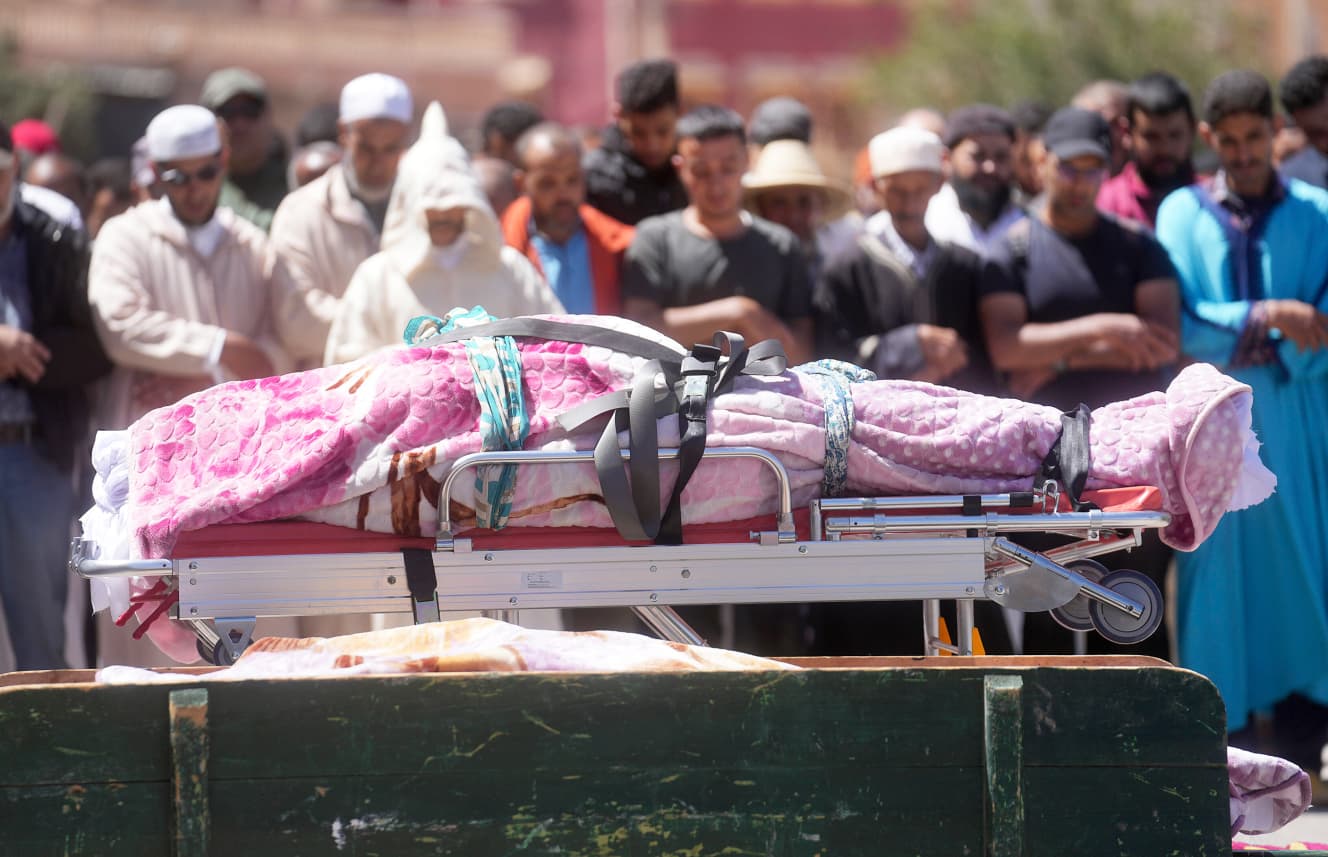Strain builds up on the plate, making it extremely dangerous… Morocco earthquake “Japan, 10,000 km away, is no stranger to this” shuddering situation.
M6.8 inland earthquake caused by the Eurasian plate struck at midnight, killing more than 2,800 people and destroying a World Heritage city

A beautiful city registered as a World Heritage site collapsed in an instant.
More than 2,500 people were injured and 2,800 killed. It is said to be the worst earthquake to hit Morocco since the one in 1960. Manabu Takahashi, a professor at Ritsumeikan University’s Center for the Study of Pacific Rim Civilizations, explains the cause of the earthquake.
The African plate collided with the Eurasian plate and other plates, causing strain to build up within the African plate and activating active faults.
The magnitude of the Moroccan earthquake was just above 5 to just below 6 on the Japanese seismic scale, which is “not that large,” Takahashi continues. The reason for the extensive damage, however, lies in the structure of the buildings.
The buildings in this area are just piles of bricks made of mud, with no reinforcing steel,” Takahashi said. The Islamic vaulted ceilings, in particular, would easily break even in an earthquake of this scale if they were unbalanced. Moreover, the soil from the collapsed bricks covered the area in a fine dust, which the victims inhaled and were unable to breathe, suffocating to death without being able to ask for help.
Rescue efforts were difficult because many of the hardest-hit areas are located in mountainous regions. Yoshihide Uchiyama, representative of the Shizuoka Earthquake Disaster Prevention Research Association, says, “Japan, 10,000 km away, should not be considered a stranger to earthquakes.
The Moroccan earthquake was caused by a buildup of strain in the African plate, but the four plates near Japan are in a similar situation. Each plate is moving all year round, and the strain is still accumulating. In other words, Japan is in a situation where an earthquake like the one in Morocco could occur anywhere at any time.
The Moroccan earthquake was of the direct inland type, which is similar to the Kumamoto earthquake in 2004 and the northern Osaka earthquake in 2006 in Japan. In both cases, many houses collapsed, resulting in casualties. Mr. Uchiyama sounds a warning.
The earthquake resistance standards for buildings in Japan are higher than those in Morocco, but there are still many vulnerable buildings. If an earthquake of an epicenter-type were to strike a place where such buildings are densely built, it is inevitable that extensive damage would occur. If an earthquake were to strike the capital city in particular, the damage could exceed that of Morocco, especially in the downtown area.
The day is not far off when Japan will be engulfed by a major earthquake of the same epicenter that caused the tragedy in Morocco.

From the September 29, 2023 issue of FRIDAY
PHOTO.: Afro, Kyodo News